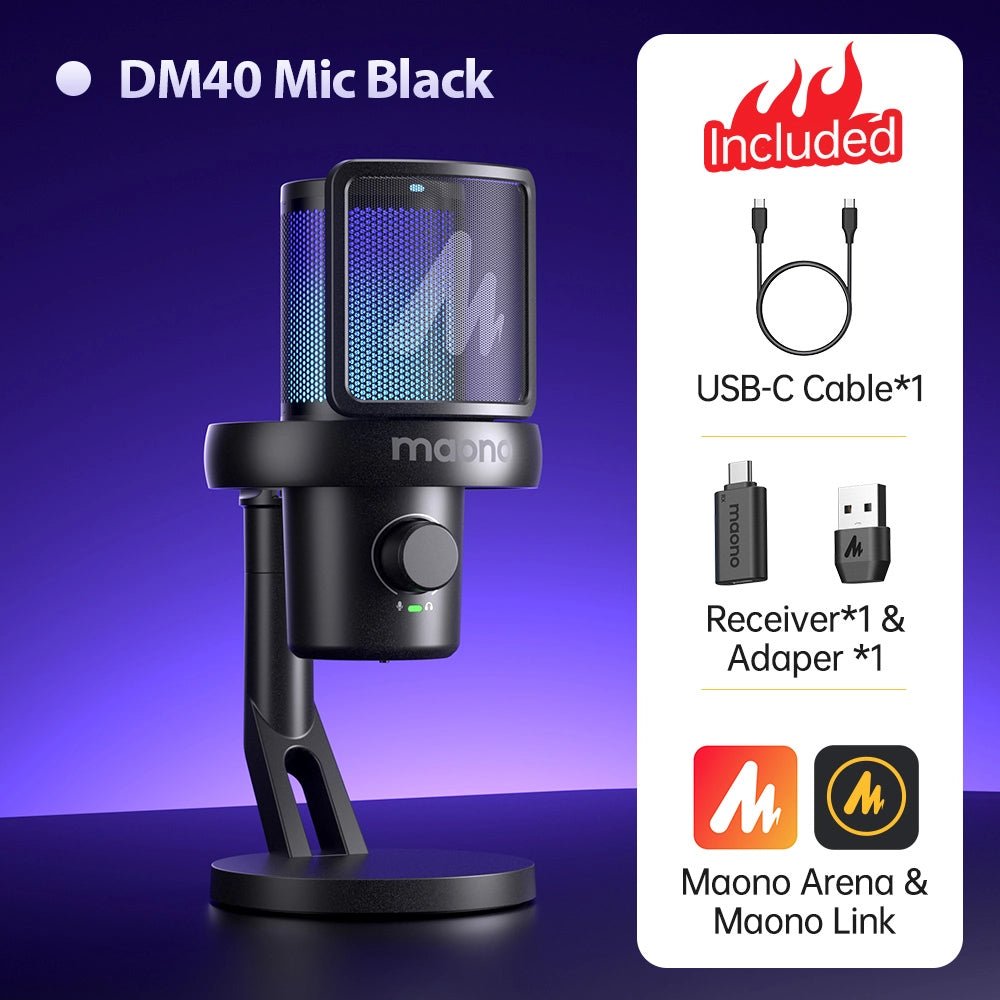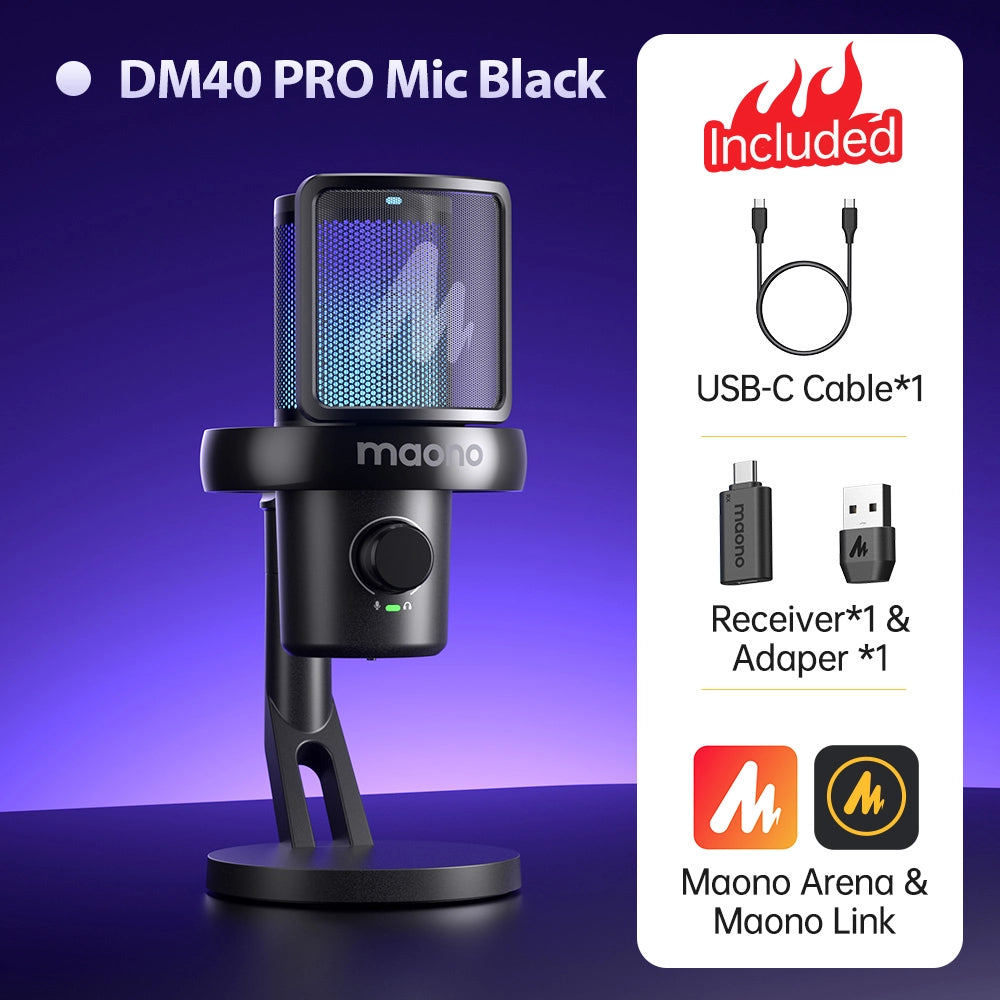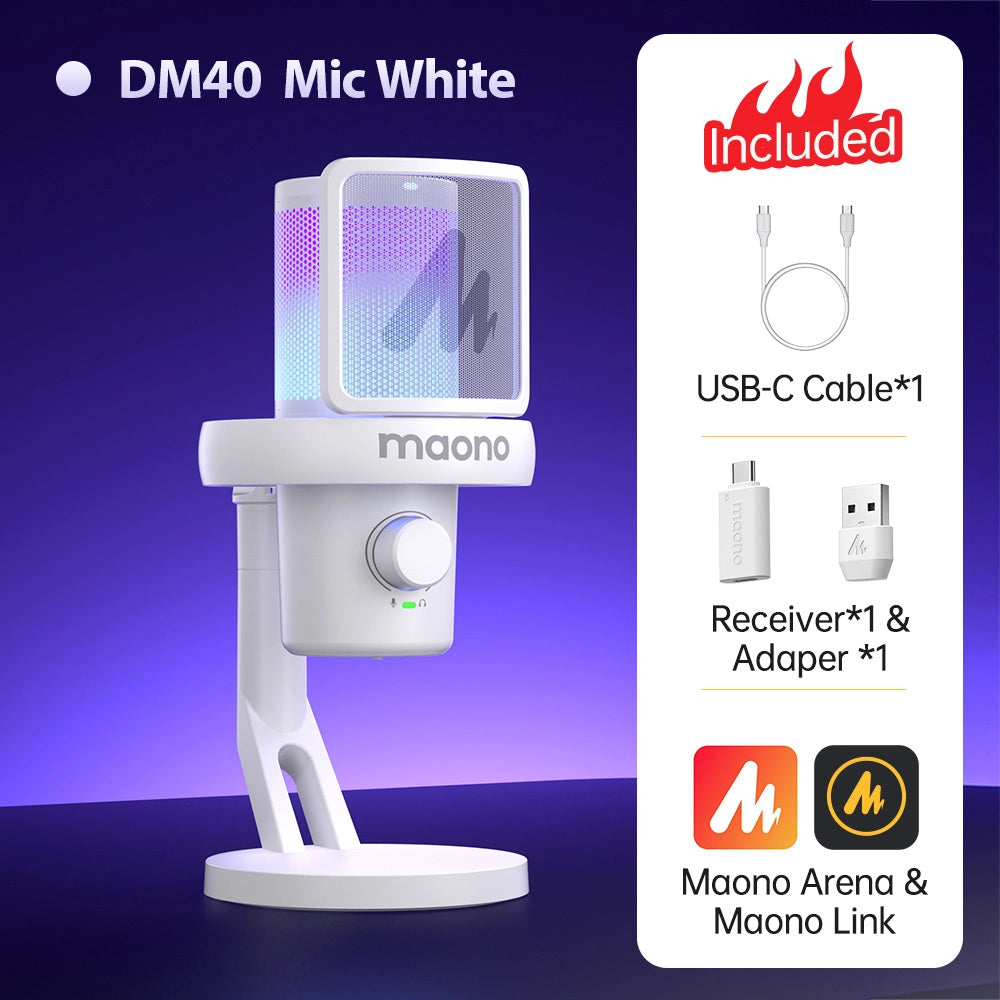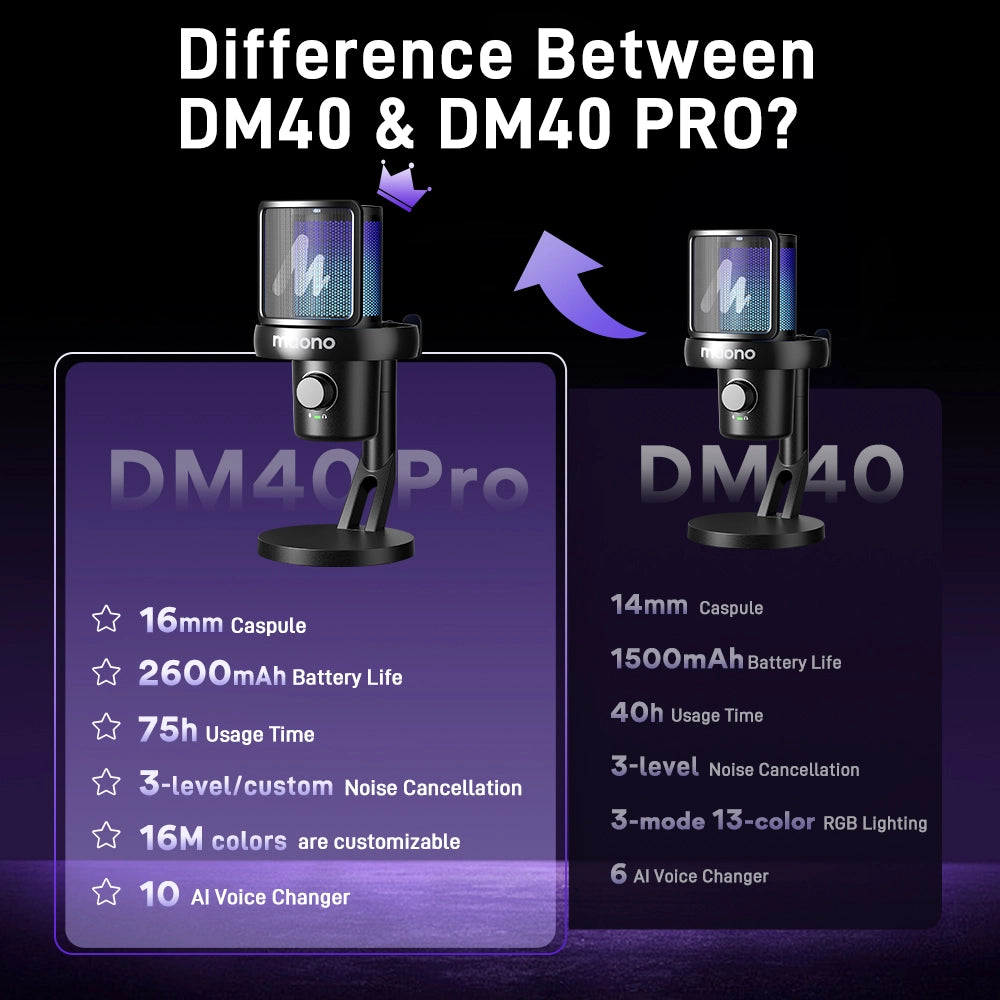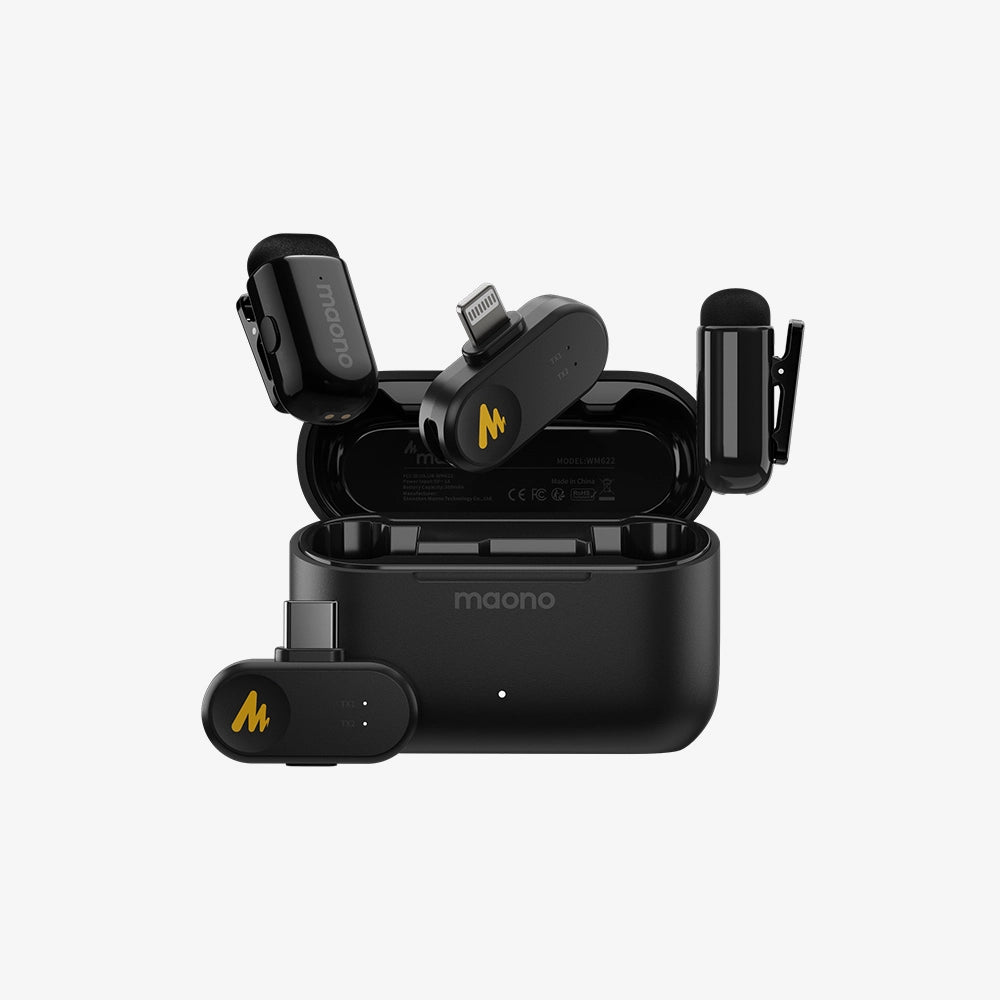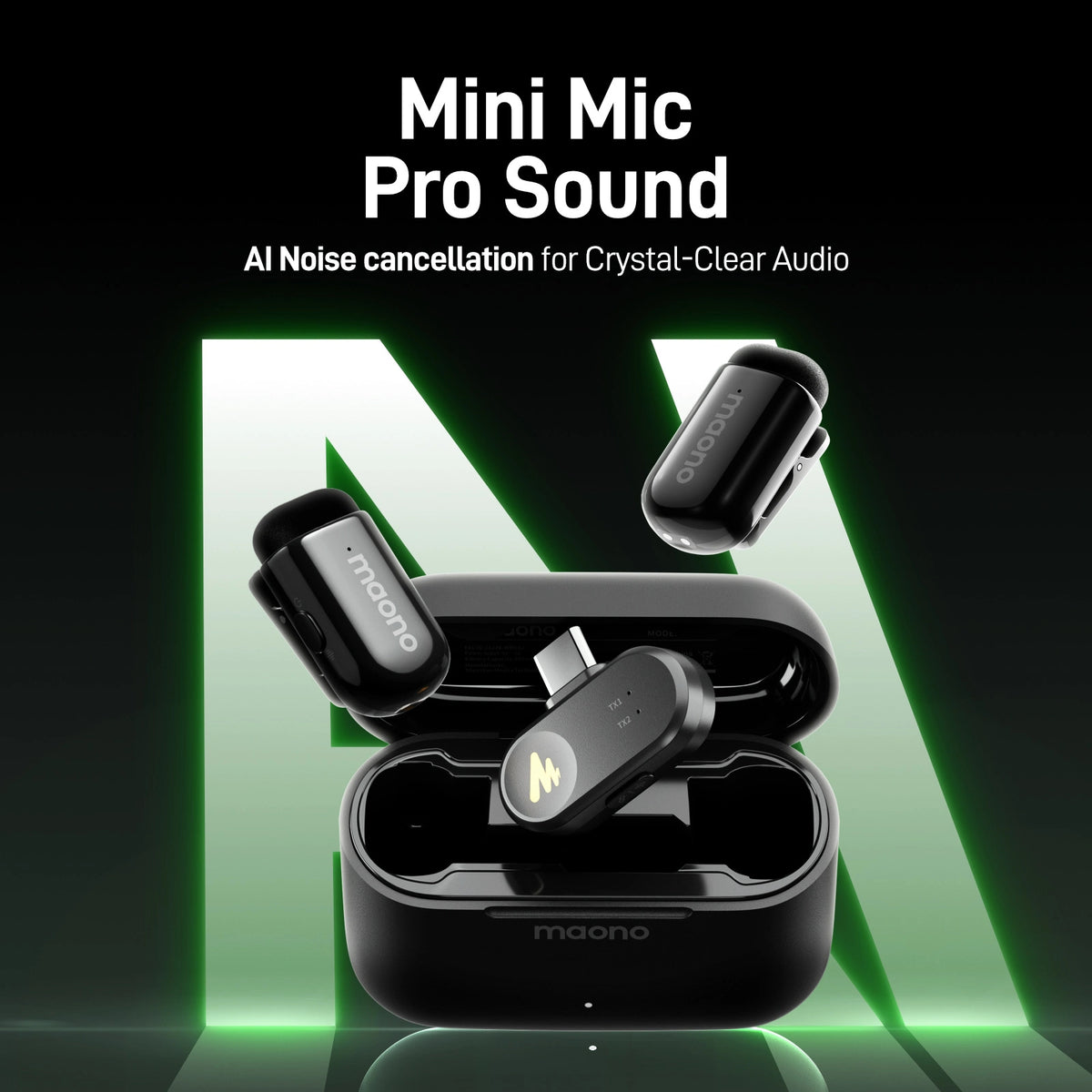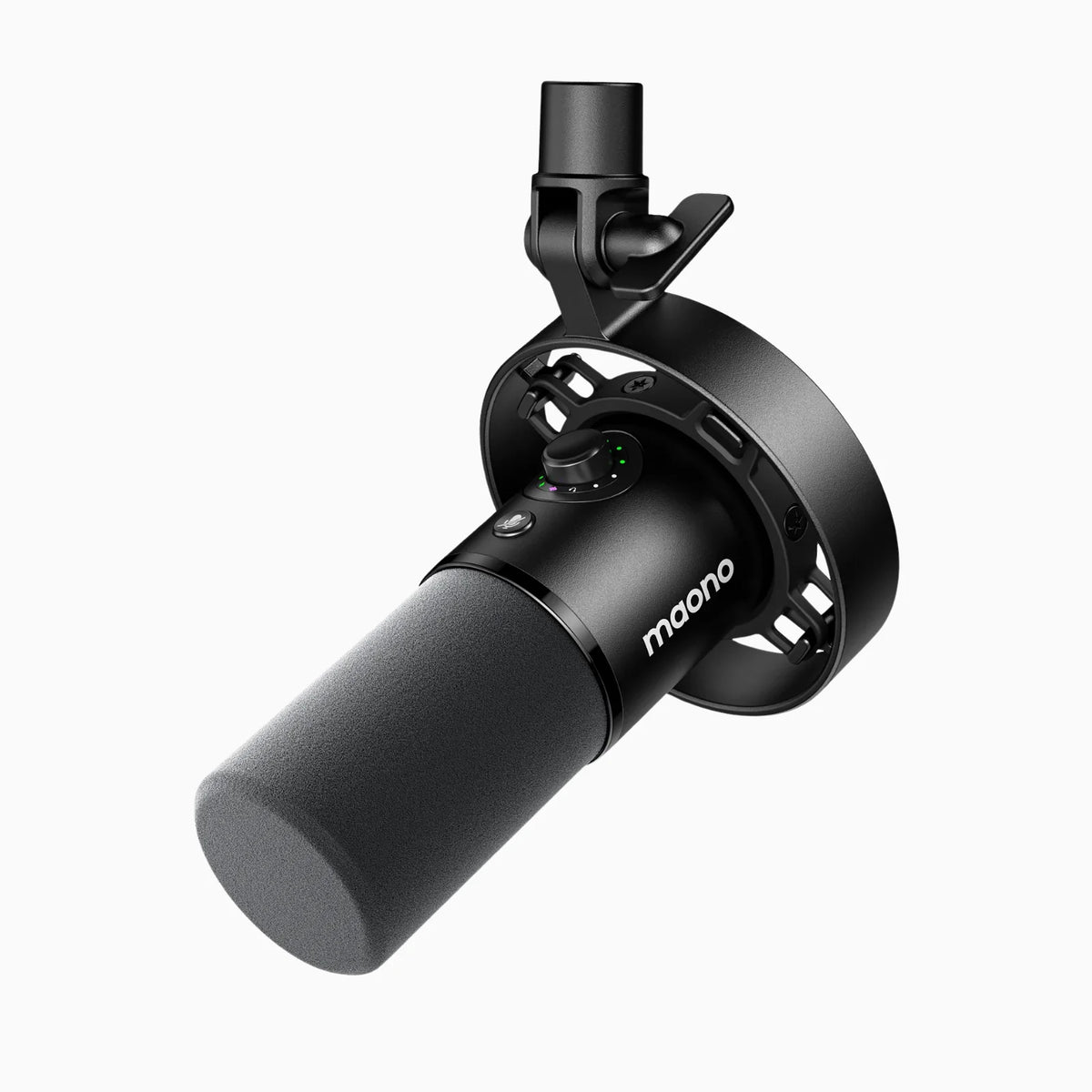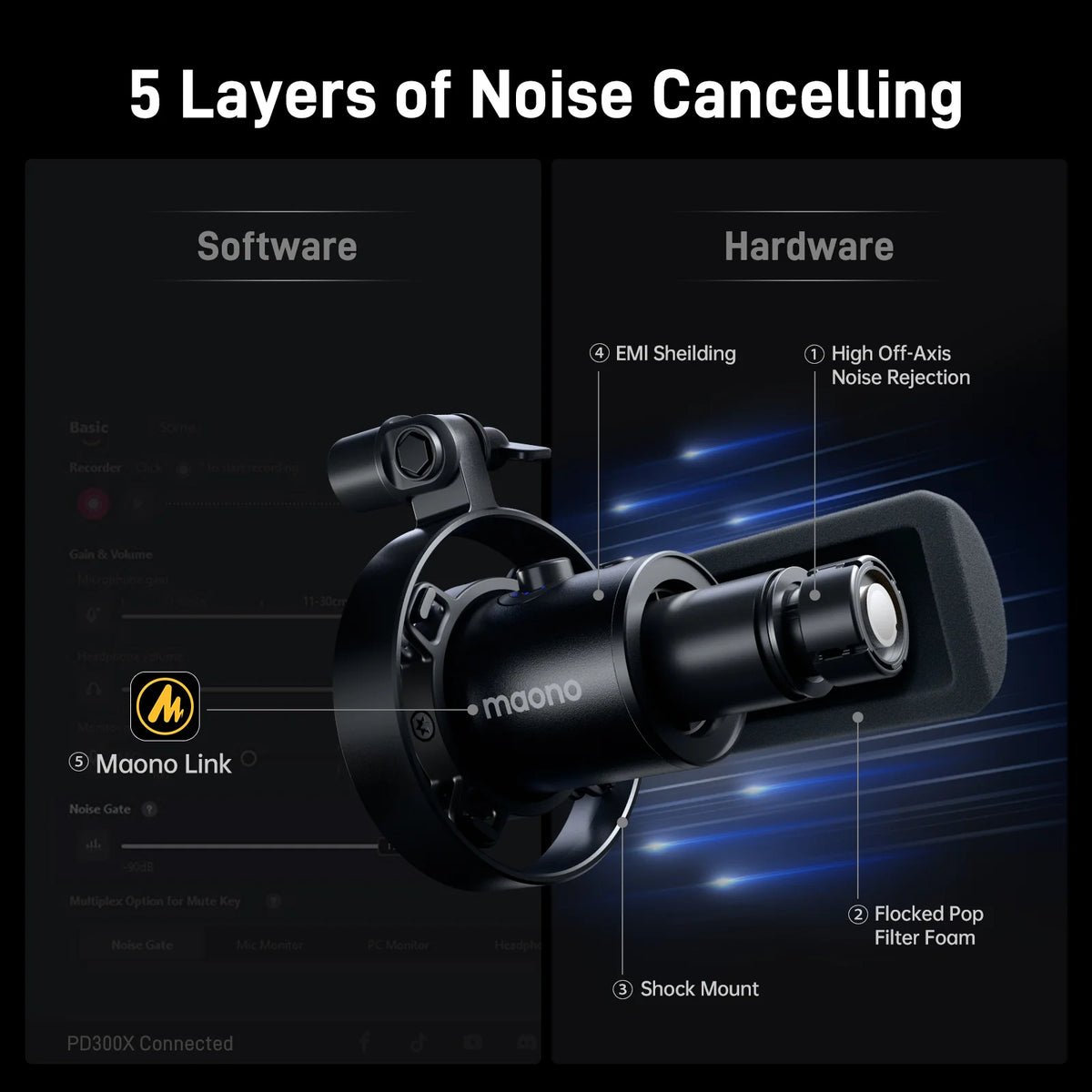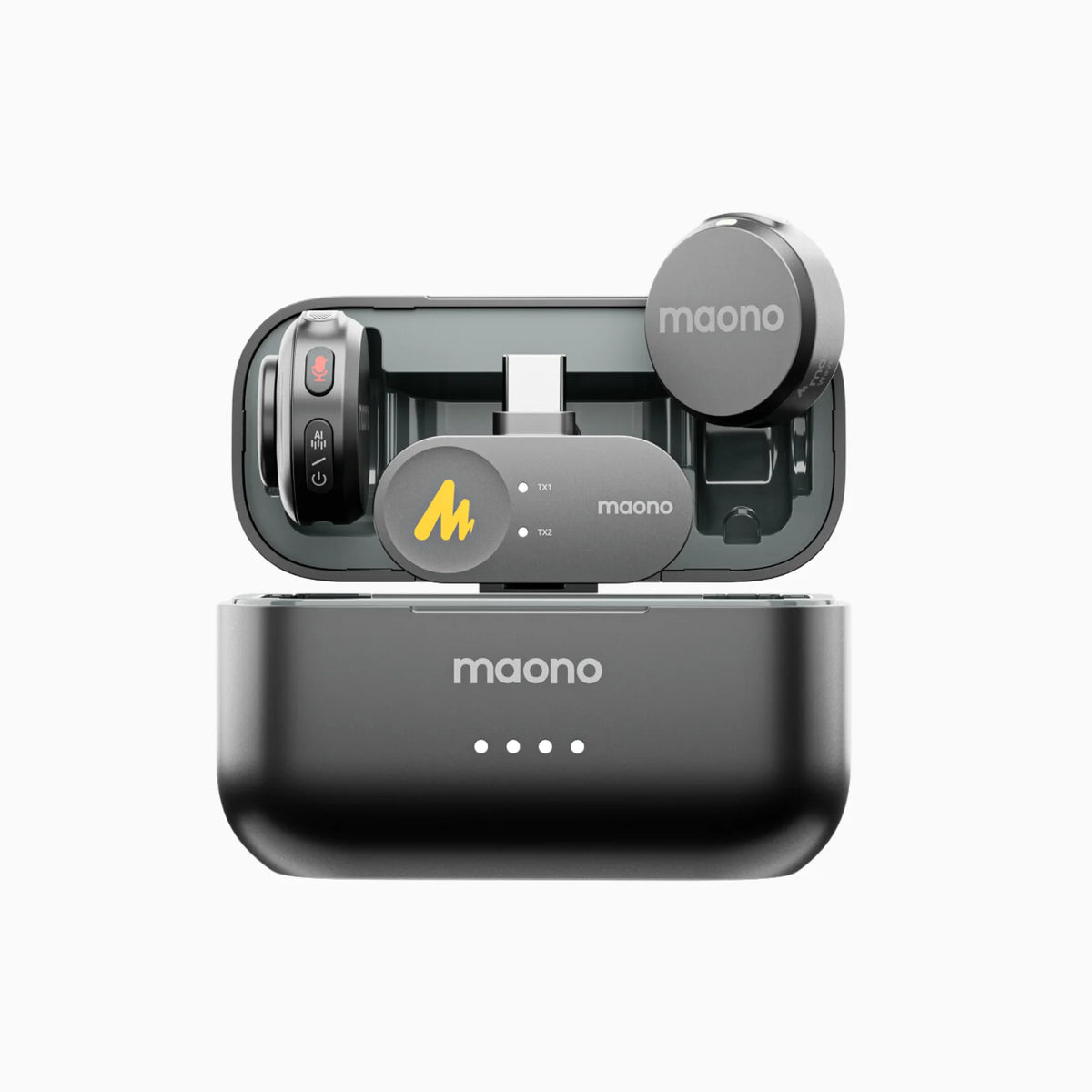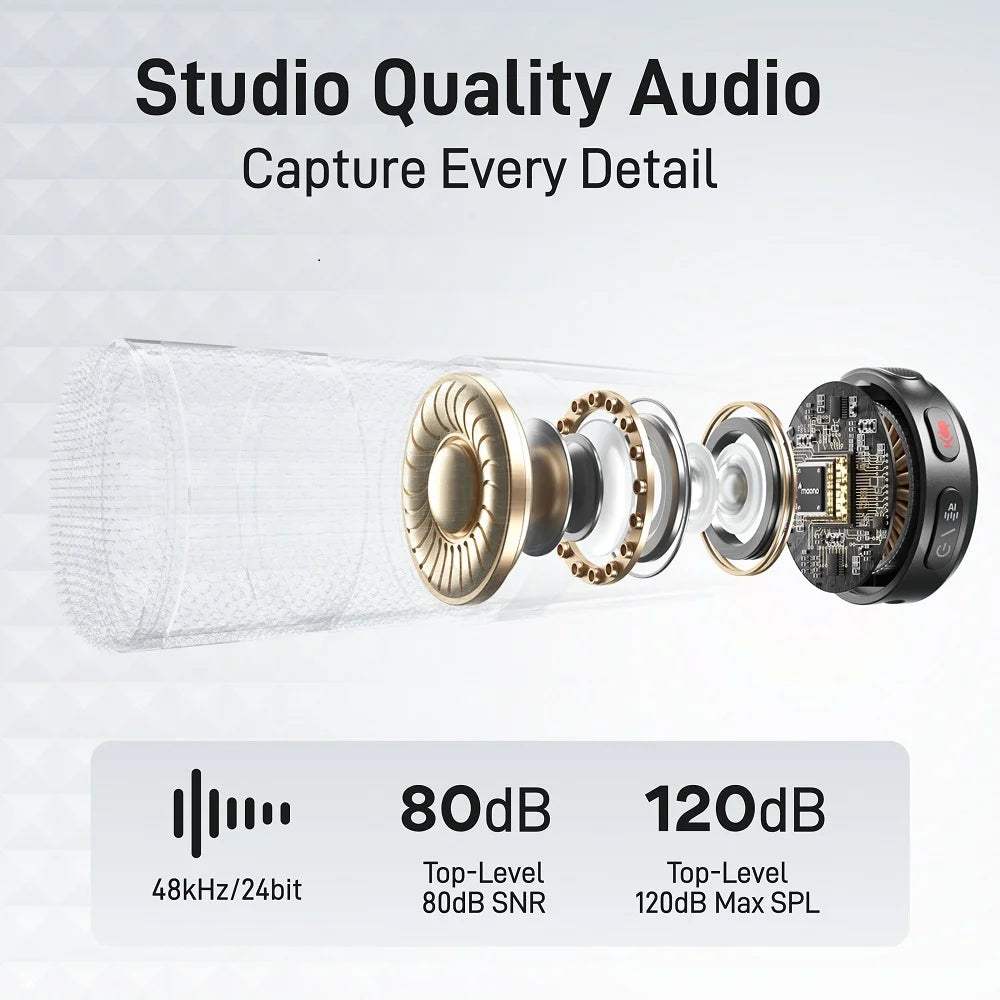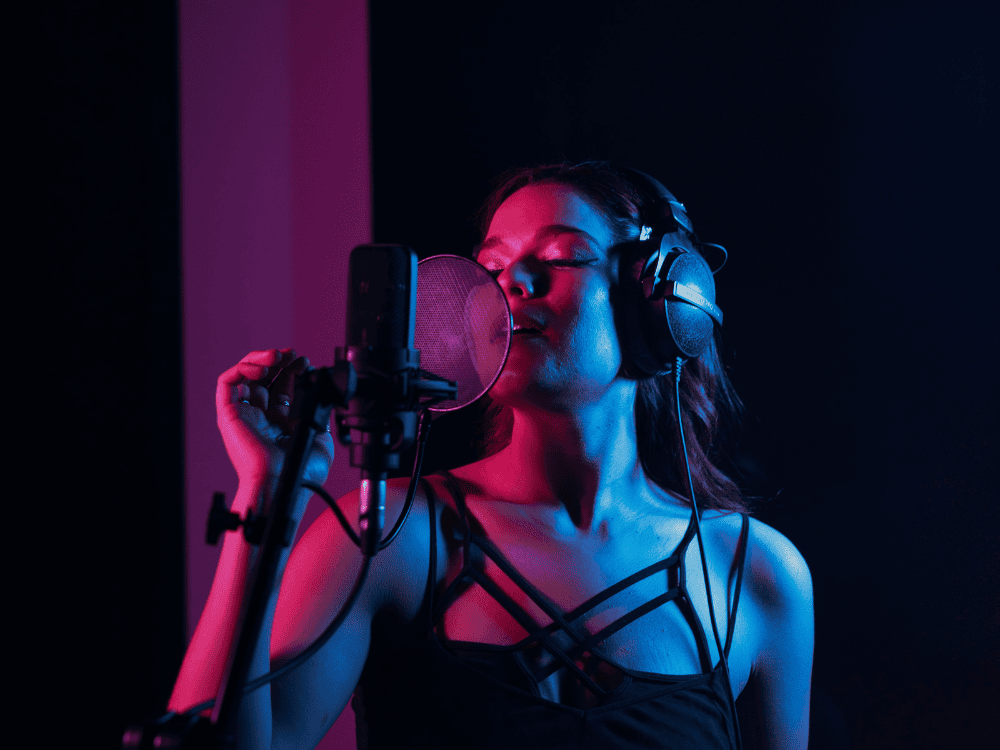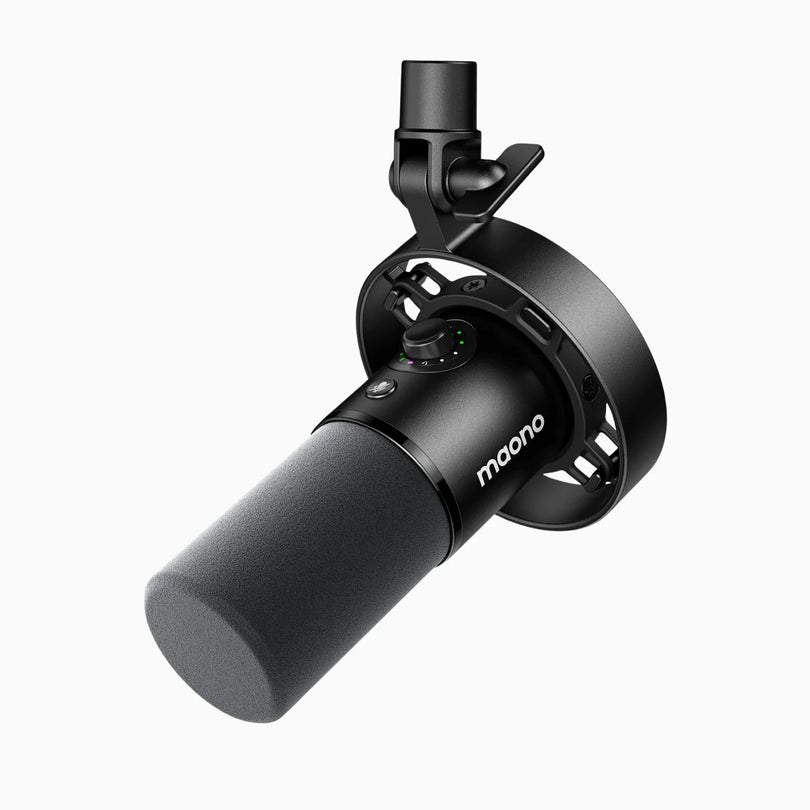Microphones play a crucial role in capturing sound accurately in studio recording and even in live performances. Among the various types of microphones available, dynamic microphones are often a preferred choice for their durability, affordability, and versatility. Whether you're a professional musician, a podcaster, or an audio engineer, understanding dynamic microphones and how they compare to other types is essential for deciding to buy one. This guide will walk you through the intricacies of a dynamic mic, its benefits and downsides, and how to choose the right one for your needs.
What is a Microphone Diaphragm?
The diaphragm is a key microphone component that converts sound waves into electrical signals. It is a thin membrane that vibrates when hit by sound waves, creating an electrical signal corresponding to the sound. The diaphragm's material and size significantly affect the microphone's sensitivity and frequency response.
What is a Dynamic Microphone?
A dynamic microphone is a type of microphone that uses electromagnetic induction to convert sound into an electrical signal. They are known for their robust construction and ability to handle high sound pressure levels, making them ideal for live performances and recording loud sound sources.
How Does a Dynamic Microphone Work?
Dynamic microphones operate using a moving coil attached to the diaphragm. When sound waves hit the diaphragm, it moves the coil within a magnetic field, generating an electrical current that mirrors the sound wave. This simple yet effective design makes dynamic microphones durable and reliable.
What is a Condenser Microphone?
A condenser microphone, on the other hand, uses a different mechanism to capture sound. It features a diaphragm placed close to a backplate, forming a capacitor. When sound waves hit the diaphragm, they change the distance between the diaphragm and the backplate, altering the capacitance and producing an electrical signal.
Main Differences and Similarities Between Dynamic and Condenser Microphones
Construction
Sensitivity
Power Requirements
Use Cases
Dynamic Microphone Benefits and Downsides
Benefits of Dynamic Microphones
- Durability: Their rugged construction makes them resistant to physical damage.
- No External Power Needed: They do not require phantom power or batteries, simplifying setup.
- High SPL Handling: Ideal for capturing loud sound sources like drums and guitar amplifiers.
- Affordability: There are many dynamic microphones available for a reasonable price online and offline.
Downsides of Dynamic Microphones
- Lower Sensitivity: Less effective at capturing quiet or distant sounds.
- Limited Frequency Response: This may not capture the full range of high frequencies.
- Heavier Diaphragm: This can lead to slower transient response compared to condenser microphones.
Ribbon Microphones vs. Moving Coil Microphones
Ribbon microphones and moving coil microphones are both types of dynamic microphones. Ribbon microphones use a thin ribbon of metal to capture sound, offering a natural and smooth response.
Moving coil microphones, as previously described, use a coil attached to the diaphragm. Ribbon microphones are more fragile and sensitive than moving coil microphones but provide a unique sound character.
Condenser Microphone Benefits & Downsides
Benefits of Condenser Microphones
- High Sensitivity: Captures detailed and nuanced audio.
- Wide Frequency Response: Excellent for high-frequency sounds.
- Versatility: Suitable for a variety of recording applications.
Downsides of Condenser Microphones
- Fragility: More delicate and susceptible to damage.
- Requires Power: Needs phantom power or batteries to operate.
- Higher Cost: Generally more expensive than dynamic microphones.
What to Consider When Choosing a Dynamic Mic vs. a Condenser Mic
1. Budget
Dynamic microphones are typically more affordable than condenser microphones. Determine your budget and consider the long-term investment in equipment and accessories.
2. Frequency Response
Consider the frequency response of the microphone. Dynamic microphones may have a more limited range, while condenser microphones can capture a broader spectrum of frequencies.
3. Polar Patterns
The polar pattern of a microphone determines its sensitivity to sound from different directions. Common polar patterns include:
4. Compatibility
Ensure the microphone is compatible with your recording equipment and environment. Consider connectors, power requirements, and mounting options.
5. Recording Environment
Your recording environment plays a significant role in microphone choice. Condenser microphones excel in controlled studio environments, while dynamic microphones are better suited for live performances and untreated spaces.
Condenser vs. Dynamic Mic: Which One to Use When
Live Performances: Dynamic microphones are generally preferred due to their durability and ability to handle high SPLs.
Studio Recording: Condenser microphones are favored for their sensitivity and detailed audio capture.
Loud Sound Sources: Dynamic microphones are ideal for capturing drums, amplifiers, and other loud instruments.
Vocal Recording: Condenser microphones are often chosen for studio vocal recordings due to their clarity and precision.
FAQs
1. How do you make a dynamic microphone sound like a condenser?
To make a dynamic microphone sound more like a condenser, use EQ to boost high frequencies and enhance clarity. Using a preamp with high gain can also help increase sensitivity.
2. How does a dynamic microphone register sound?
A dynamic microphone registers sound by using a diaphragm attached to a coil. When sound waves hit the diaphragm, they move the coil within a magnetic field, generating an electrical signal.
3. Why do singers put their mouths on the microphone?
Singers put their mouths close to the microphone to maximize sound capture, minimize background noise, and achieve a more intimate sound.
4. Do microphones have autotune?
Microphones themselves do not have autotune. Autotune is a software effect used in post-production or live processing to correct pitch.
5. Do dynamic microphones require power?
No, dynamic microphones do not require external power to operate.
6. Are shotgun mics dynamic or condenser?
Shotgun microphones are typically condenser microphones, offering high sensitivity and directional pickup.
7. Does a condenser mic make you sound better?
A condenser mic can capture more detail and nuance, potentially making your voice sound clearer and more polished, especially in a controlled environment.
8. Are dynamic microphones good for recording?
Yes, dynamic microphones are good for recording, particularly for loud sound sources and in live environments.
9. What are the three most common types of microphones?
The three main types of microphones are dynamic, condenser, and ribbon microphones.
10. Do singers use dynamic or condenser mics?
Singers use both dynamic and condenser microphones depending on the context. Dynamic mics are common for live performances, while condenser mics are often used in studios.
11. Do condenser mics sound better?
Condenser mics can sound better in terms of capturing detail and high frequencies, but the best choice depends on the application and environment.
12. What are condenser microphones best for?
Condenser microphones are best for studio recording, capturing vocals, and detailed instrument recordings.
13. Which mic is best for recording vocals?
For studio recordings, condenser microphones like the Neumann U87, AKG C414, and Shure SM7B are highly regarded. For live vocals, dynamic microphones like the Shure SM58 and the Maono PD200XS are popular choices.
Best Dynamic XLR Microphone for Vocals

The Shure SM7B is widely considered one of the best dynamic microphones for recording vocals, offering excellent sound quality and versatility. However, you don’t need to spend that much for a professional, high-quality microphone. Our best pick is the Maono PD200XS. The Maono PD200XS is a versatile dynamic microphone that can connect via both USB and XLR cables, making it adaptable for different recording setups. It comes with a boom arm, pop filter, and shock mount, giving you everything you need for high-quality audio recording. With its adjustable volume control and heart-shaped pickup pattern, the PD200XS captures clear and precise sound, perfect for recording music, podcasts, streaming, and voice-overs.
Best Dynamic USB Microphone

For budget-friendly options, consider the Shure SM58, Audio-Technica ATR2100x-USB, and Behringer XM8500, all of which provide reliable performance at a reasonable price.
Moreover, the cheapest alternative that offers superb quality for clear and crisp sound is another one of our best pick: one of the best dynamic USB microphone is the Maono PM422.
PM422 is a flexible condenser microphone, ideal for professional studio recording and live streaming. Its cardioid design focuses on the main sound source while cutting down on background noise for clear audio. The adjustable arm and shock mount keep the mic stable and reduce vibrations, improving recording quality. With its USB connection, it's easy to use with PCs and laptops without needing extra drivers. It also has a 3.5mm headphone jack for real-time listening and sound adjustments. Overall, the PM422 offers great sound, ease of use, and flexibility for content creators and musicians.
Conclusion
Finding the perfect dynamic mic involves understanding your specific needs, environment, and budget. What’s considered a good dynamic vocal microphone is user-friendly, portable, and affordable. It’s strong in build quality, and versatile, and it’s a cost-effective option, especially for live performances and recording loud sound sources. Considering factors like frequency response, polar patterns, and compatibility, allows you to find the perfect dynamic microphone to suit your needs. Maono dynamic USB and XLR microphones are well-suited for beginners and professionals to start recording without the need for complex additional equipment or technical expertise. Whether you're a seasoned professional or just starting, the right microphone can make a significant difference in your audio recording and live performance quality. Hopefully, this guide has helped you narrow down your options in selecting the perfect mic and understand the basics you need to know about microphones for your vocal recording needs.


